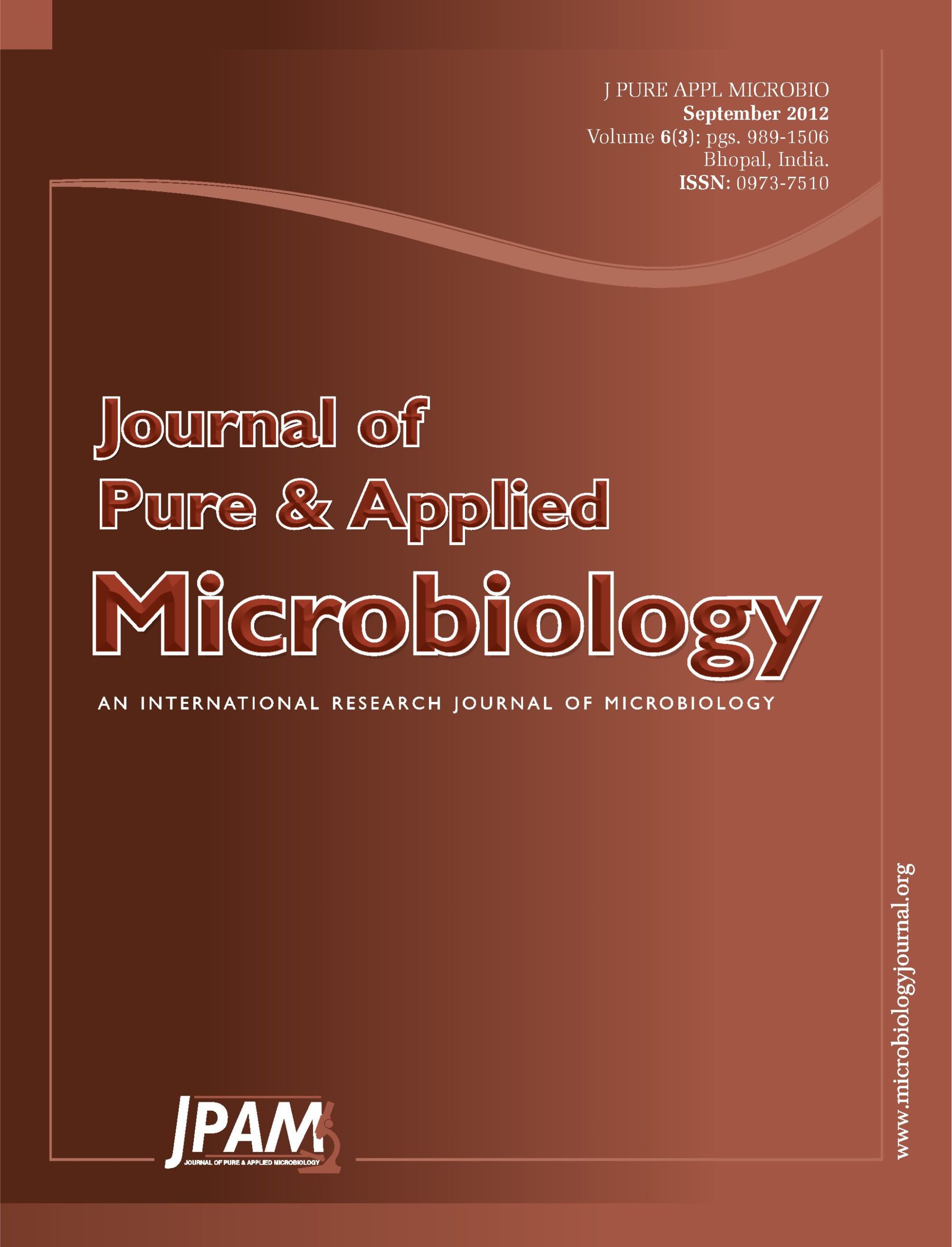Early in the twentieth century, petroleum derived fuels (fossil fuels) began to appear and quickly dominated the market. Low prices persisted for several decades until the advent of the “oil crisis” in the 1970, demanding for alternative to fossil fuel. Current ethanol production processes using crops such as sugar cane and corn are well-established; however, utilization of a cheaper substrate such as lignocellulose could make bioethanol more competitive with fossil fuel. The processing and utilization of this substrate is complex. Lignocellulosic biomass contains carbohydrate fractions that can be converted into ethanol. In order to convert these fractions, the cellulose and hemicelluloses must ultimately be converted or hydrolysed into monosaccharides; it is the hydrolysis that has historically proven to be problematic. Biologically mediated processes are promising for energy conversion, in particular for the conversion of lignocellulosic biomass into fuels. The objective of the present study is to optimise cellulosic ethanol production from bagasse and maize by using Fibrobacter succinogenes isolated from rumen of herbivores animals. In this process cellulose is converted into monosaccharides by Fibrobacter succinogenes. These monosaccharides were subjected to alcoholic fermentation by Saccharomyces cerevisiae. This process of fermentation was followed by distillation at 78°C for alcohol extraction. Optimum temperature, pH and substrate concentration for hydrolyses of bagasse and maize was 390C, 6 and 3.5% respectively for Fibrobacter succinogenes. For the feed stock of concentration 3.5% of bagasse and maize, ethanol yield of 16.8g/l for bagasse and 13.9 g/l for maize was obtained
Depolymerisation, Lignocellulose, Fibrobacter succinogenes, ethanol
© The Author(s) 2012. Open Access. This article is distributed under the terms of the Creative Commons Attribution 4.0 International License which permits unrestricted use, sharing, distribution, and reproduction in any medium, provided you give appropriate credit to the original author(s) and the source, provide a link to the Creative Commons license, and indicate if changes were made.


